A little leftover paint can go a long way if you know how to put it to good use. Instead of letting cans collect dust in the garage, smart homeowners get creative with what’s left. From freshening up worn-out items to planning ahead for quick fixes, that extra bit of color can be a real asset. All it takes is a brush, a few ideas, and a willingness to think beyond the walls.
1. Paint Baseboards and Trim
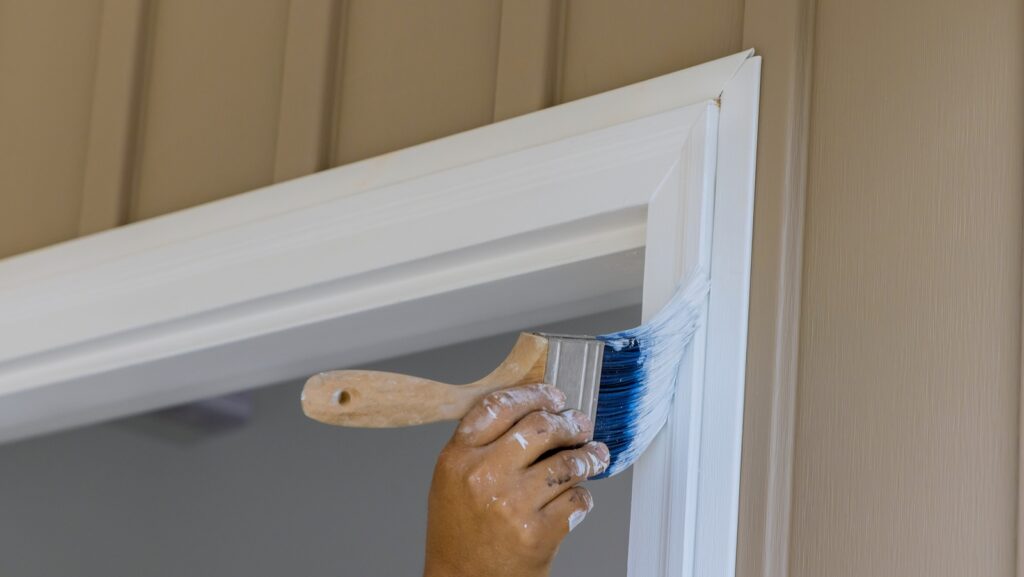
Baseboards and trim take a lot of wear from foot traffic, vacuums, and daily life. Over time, they start to look dingy even if the rest of the room stays pristine. A quick refresh with leftover paint can make your entire space look cleaner and more finished. Forbes points out that updating trim is one of the most cost-effective ways to boost your home’s interior appeal.
Taping off the floor and using a small angled brush makes this job easier than you’d think. Bright white or bold contrasting trim can completely change the vibe of a room. Don’t forget doorframes, windowsills, or crown molding if you have it. All these details add up to a home that feels tidy and well cared for.
2. Touch Up Scuffed Walls

Leftover paint is perfect for touching up scuffs, chips, or marks on your walls. Even well-maintained homes accumulate blemishes over time from furniture bumps, pet paws, or kids at play. A few dabs of your original wall color can make a huge difference in how polished your home looks. According to Good Housekeeping, one of the easiest ways to refresh your space is simply by maintaining your walls with regular touch-ups.
Keep a small container of each paint color labeled and ready for quick fixes. Use a small brush or cotton swab for detailed spots to avoid overpainting. These mini updates help you delay or even skip a full repainting job. Smart homeowners know that a few minutes of maintenance can preserve that freshly painted look for years.
3. Refresh Front Door or Porch Decor
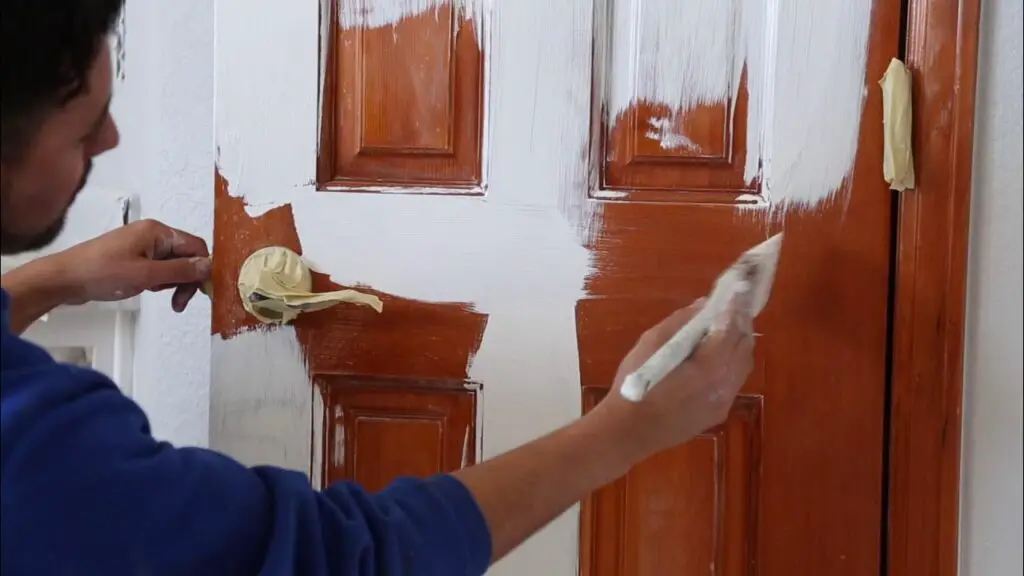
Your front door is one of the first things guests notice, and it makes a strong first impression. Using leftover paint to refresh it is a budget-friendly way to boost curb appeal. A bold front door color can add character, while a fresh coat of your existing shade simply makes it look new again. HGTV highlights front door makeovers as one of the easiest DIY curb appeal upgrades.
If you have extra paint, consider also updating porch accents like a bench, welcome sign, or planters. Just be sure to use a topcoat or sealant if your paint isn’t exterior-grade. The little details—like matching a door to shutters or decor—create a put-together, welcoming vibe. Your neighbors will think you hired a designer when really, you just reused what you already had.
4. Create Accent Walls or Decorative Shapes
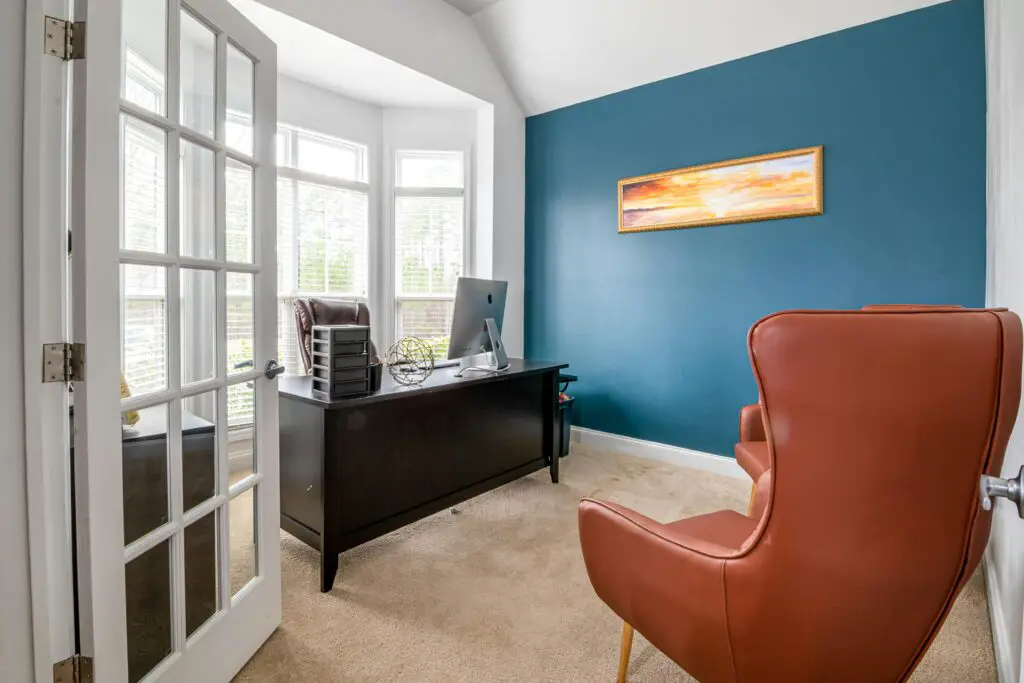
Accent walls are an easy and impactful way to use leftover paint, especially if you’re craving a room refresh. A bold stripe, arch, or even a half-wall effect can make a room feel more dynamic. Better Homes & Gardens notes that using paint to create visual interest is a top trend among savvy homeowners. These small doses of color offer maximum impact without the commitment of repainting an entire room.
You can also experiment with geometric shapes or freehand murals if you’re feeling creative. Use painter’s tape for clean lines or stencils for more intricate designs. This is a great way to test a new color before going all in—or to bring life to overlooked areas like hallways or corners. It’s a clever way to personalize your space using what you’ve already got on hand.
5. Create Wall Art or Accent Pieces

Use small amounts of leftover paint to create DIY wall art that matches your decor. You can paint abstract designs on canvas, repurpose wood scraps, or even decorate old picture frames. The key is to keep it simple and let color do the talking. This is a great project for families, too—especially with kids.
If you’re not into freehand painting, use stencils for cleaner shapes and patterns. These accents can tie a whole room together by echoing wall or trim colors. It’s also a clever way to make use of colors you love but don’t want in large amounts. With just a little paint and creativity, you can craft something that feels stylish and intentional.
6. Paint Closet Interiors
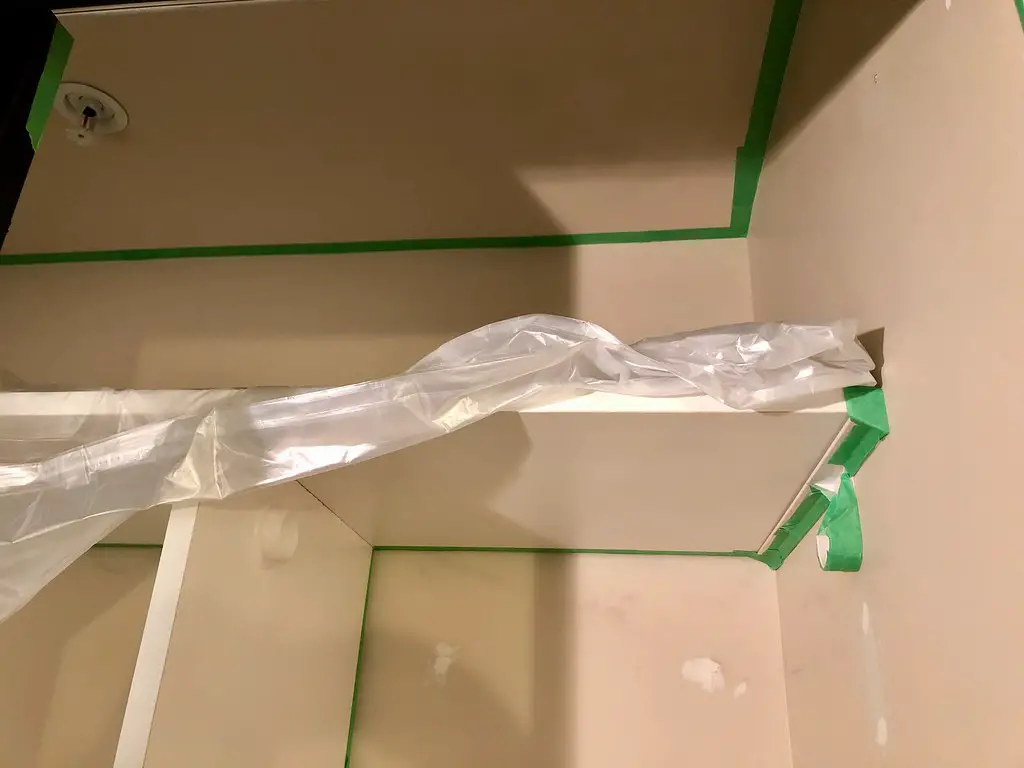
Most closets are neglected when it comes to design, but a fresh coat of paint can make a big difference. Use leftover paint to brighten up the inside of bedroom, hallway, or linen closets. Lighter colors can make small closets feel more spacious, while bold ones can add a fun pop. It’s a small, satisfying project that takes minimal time and effort.
Painting closet interiors also makes them feel cleaner and more finished. It’s an ideal use for partial cans since you don’t need much coverage. You’ll enjoy opening the door to a neat, colorful space every day. It’s a subtle upgrade that adds a little joy to your daily routine.
7. Highlight Trim or Moldings

A fresh coat of paint on trim or molding instantly makes a room look sharper. Use your leftover paint to refresh baseboards, crown molding, or door frames. Whether you’re going for contrast or blending with the wall color, this detail gives your home a crisp, polished look. It’s an effective trick for adding character without doing a full room makeover.
Trim takes up little space but has a big impact on how a room feels. Even just touching up chipped or worn spots can improve the overall appearance. It’s also a smart way to extend the life of a paint job. Your home will look intentionally styled and well-maintained.
8. Add Color Inside Cabinets or Drawers
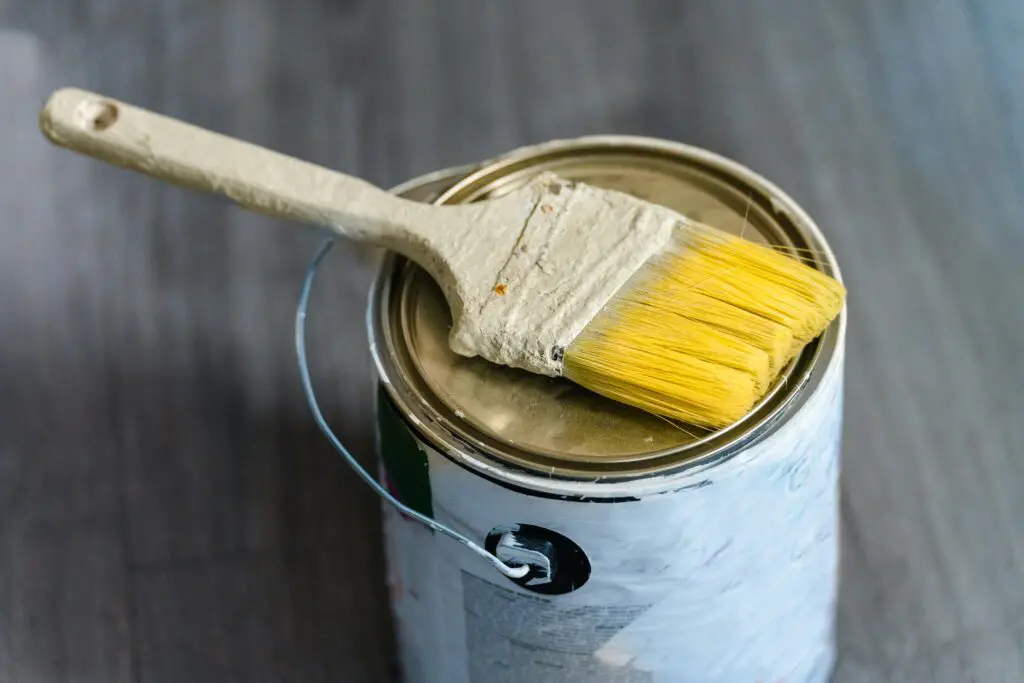
Painting the interior of cabinets or drawers adds a touch of surprise and personality. It’s an easy way to use up small amounts of paint while making everyday storage feel special. Whether it’s the kitchen, bathroom, or a dresser, a pop of color inside gives a fresh and stylish upgrade. It’s especially impactful in open shelving or glass-front cabinets.
This approach works well with both neutral and bold shades, depending on the vibe you’re going for. Just make sure the surfaces are clean and dry before painting. The end result is subtle yet charming—and it makes organization feel just a little more fun. Even guests might notice your attention to detail.
9. Customize Plant Pots
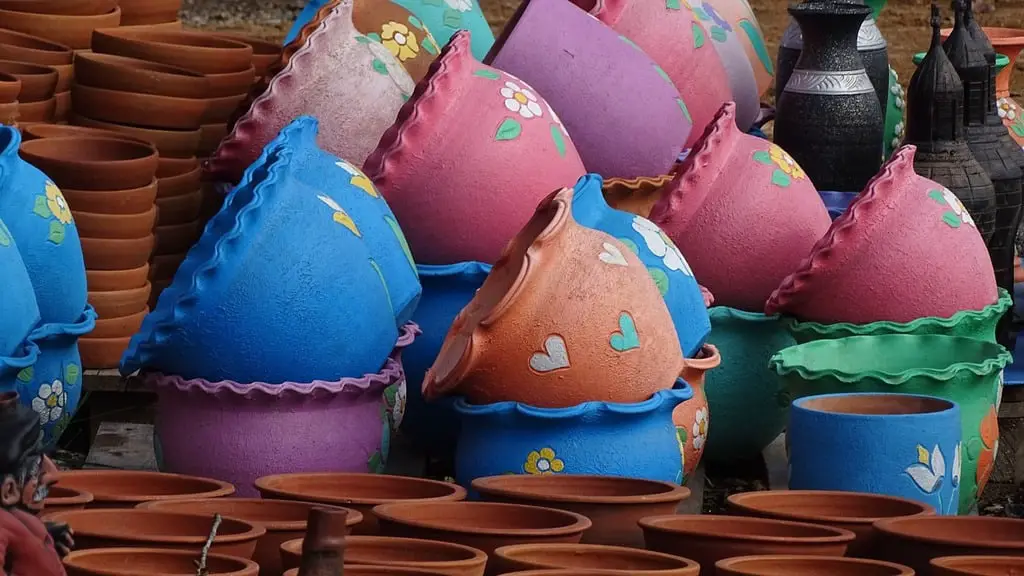
Terracotta or ceramic pots can easily be transformed with a bit of leftover paint. Whether you prefer solid colors, patterns, or stripes, customizing your pots adds a personal touch to your home or garden. Painted pots also help tie indoor plants into your room’s color palette. Plus, it’s a fun way to update your greenery without spending on new containers.
You can seal painted pots with a clear coat to protect against water and wear. Smaller pots are especially great for using up the last bits of a can. These make thoughtful handmade gifts, too, especially when paired with a plant or cutting. It’s a creative way to blend color and nature around your home.
10. Make a Mini Paint Kit for Quick Fixes
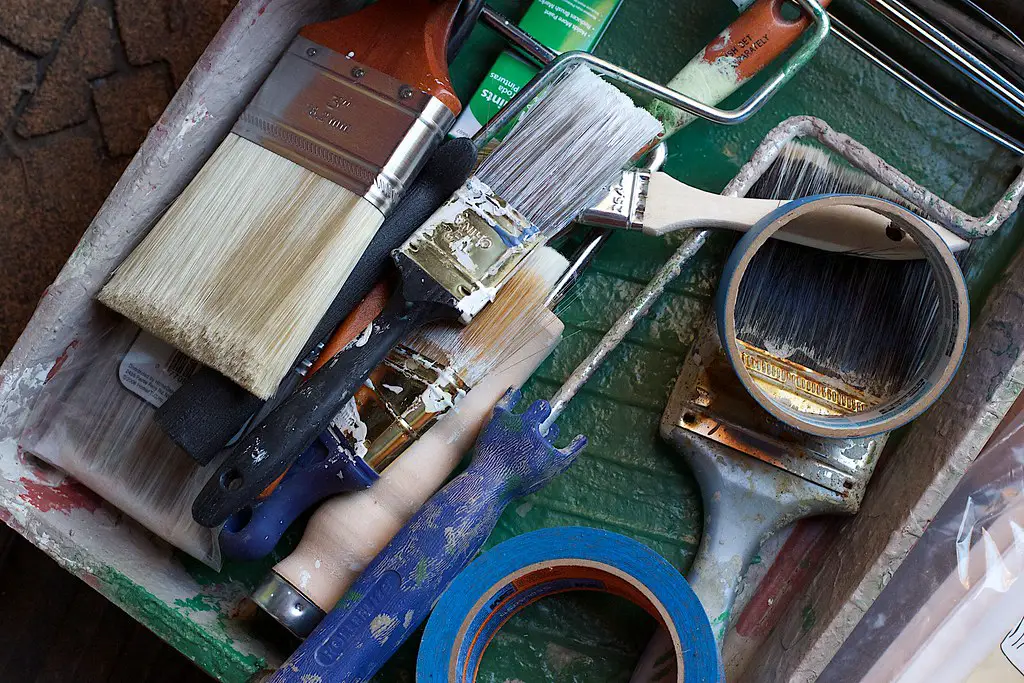
Instead of storing bulky cans, pour a small amount of each leftover color into labeled containers or jars. Add a few cotton swabs, a small brush, and you’ve got an on-the-go touch-up kit. This makes it super easy to fix chips, scratches, or scuffs as soon as they happen. Keep it in a drawer or toolkit for convenience.
Having a mini kit ready saves you from digging through old cans and stirring thick paint. It’s a clever way to stay on top of wear and tear without a full paint job. You can even store it with a note of which rooms the colors belong to. Smart homeowners know that small fixes prevent big eyesores later.
11. Paint Outdoor Furniture or Décor
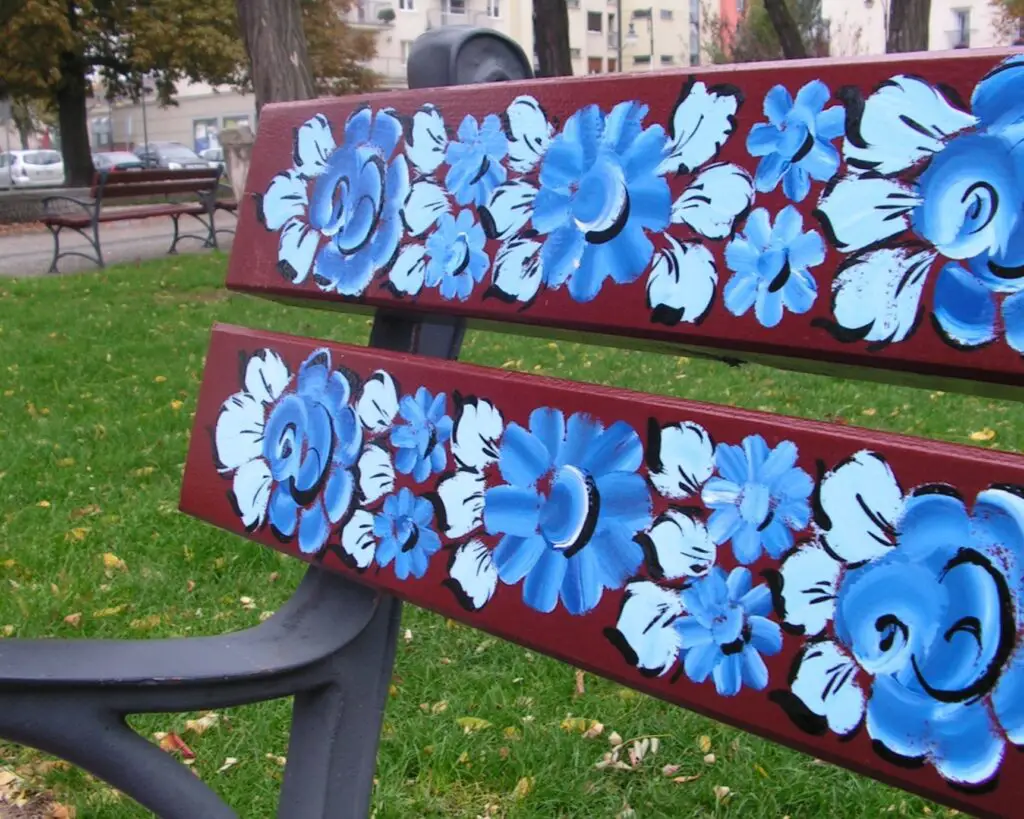
Leftover paint can refresh outdoor items like benches, garden chairs, or wooden signs. Make sure to use a sealant afterward if the paint isn’t specifically made for outdoor use. A bold color can turn a forgotten piece into a standout accent in your yard or patio. It’s a great weekend project that makes your exterior space feel curated and lively.
Even just touching up legs or slats can make old furniture look new again. Paint is also a fun way to coordinate various outdoor elements—like matching a table and flower box. Be sure to clean and sand any surfaces before painting for best results. The freshened-up look will hold up better through weather and wear.
12. Update Picture Frames or Wall Hooks
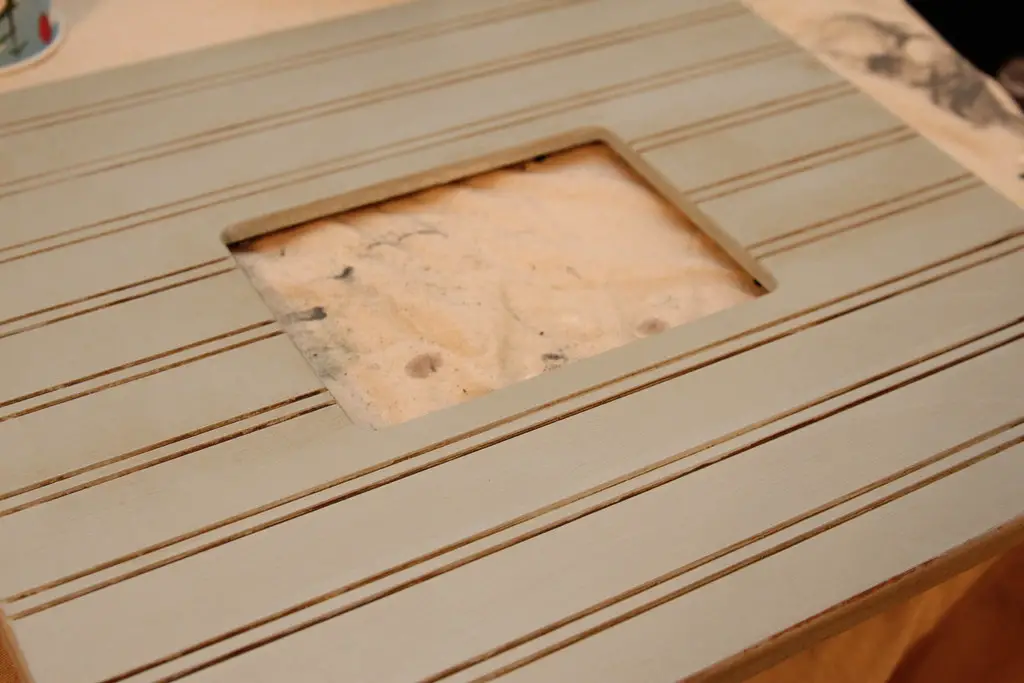
Revive old or mismatched picture frames with a fresh coat of paint. You can match them to the wall color for a minimalist look or choose a contrasting hue for impact. Wall hooks, knobs, and small decorative items can get the same treatment. This creates visual harmony across your décor without buying anything new.
It’s also a great way to unify a gallery wall or refresh seasonal decorations. You can use painter’s tape for clean edges or even mix colors for a fun layered effect. Just be sure everything is dry and clean before painting. These subtle touches add up to a more intentional, styled home.
13. Create a Color-Coded Workshop or Garage
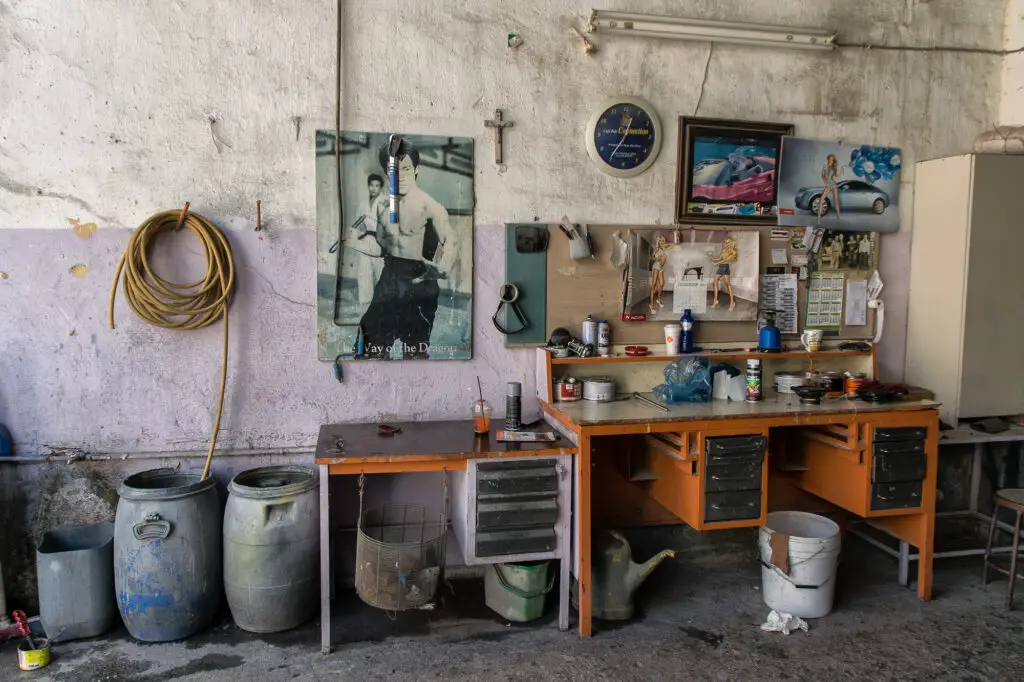
Use different paint colors to designate zones or label tools in your workshop or garage. Paint the edges of shelves, drawer fronts, or even handles to create a visual system. This not only adds color, but also helps with organization and efficiency. You’ll always know where things belong—and where to find them.
It’s also helpful in shared spaces where multiple people use the same tools. Color coding keeps clutter down and minimizes mix-ups. Use stencils or tape for sharp lines and clean finishes. Even a messy garage feels more put-together with this approach.
14. Donate It
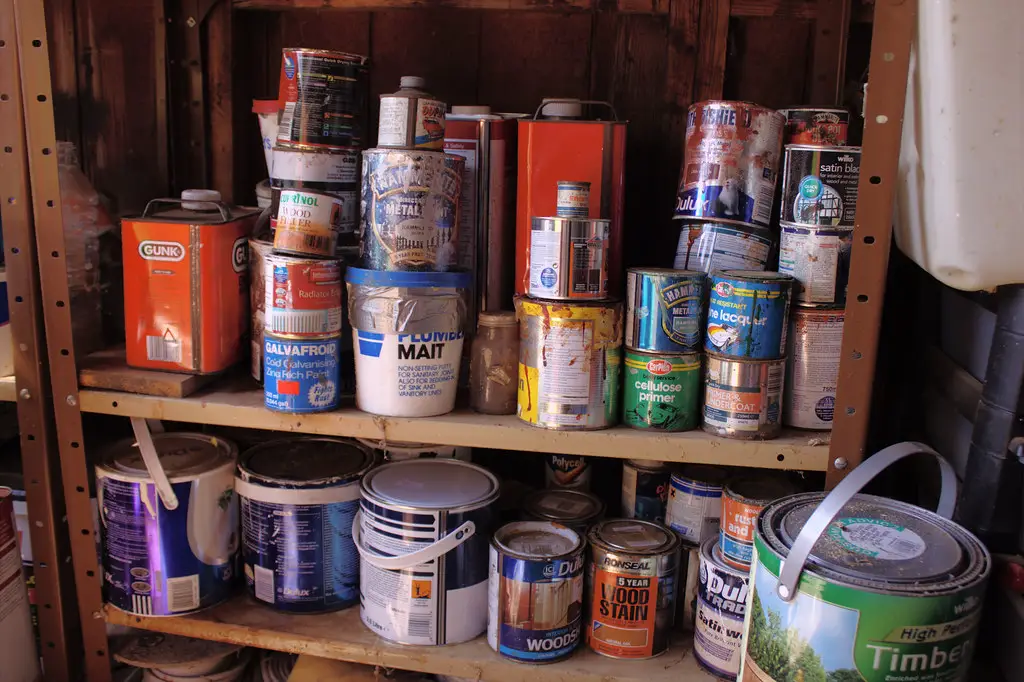
If you truly don’t need the paint, consider donating it to a local school, community center, or theater group. Many places welcome small amounts of paint for art projects, set building, or classroom use. Call ahead to see what they accept and how they’d like it packaged. It’s a smart way to prevent waste and help someone else out.
Donating leftover paint clears space in your home and puts it to good use. It’s a feel-good move that supports creativity and sustainability. You can also check for local recycling programs if the paint is no longer usable. Either way, it’s better than letting half-empty cans sit around indefinitely.
